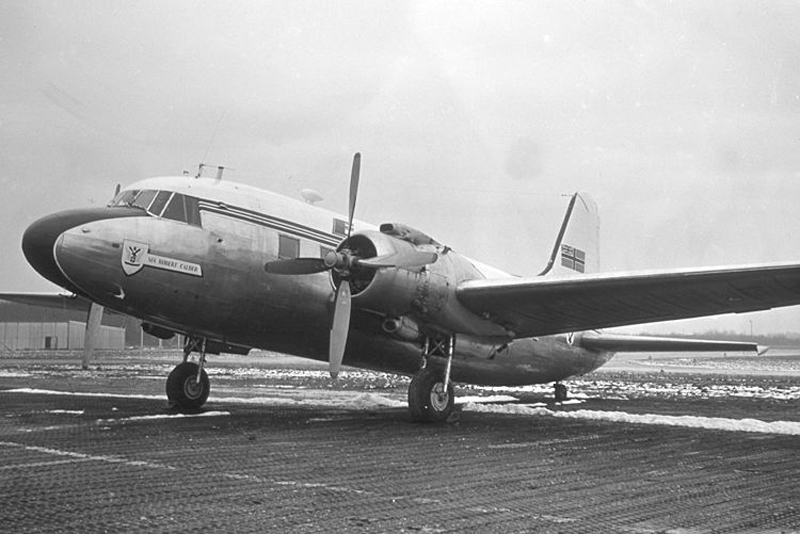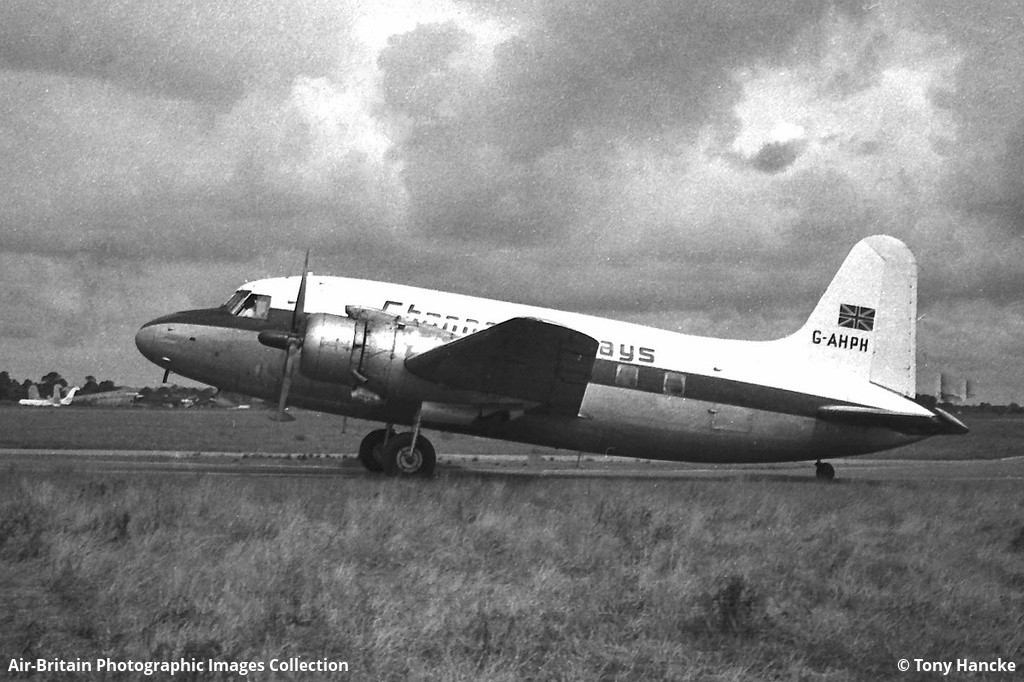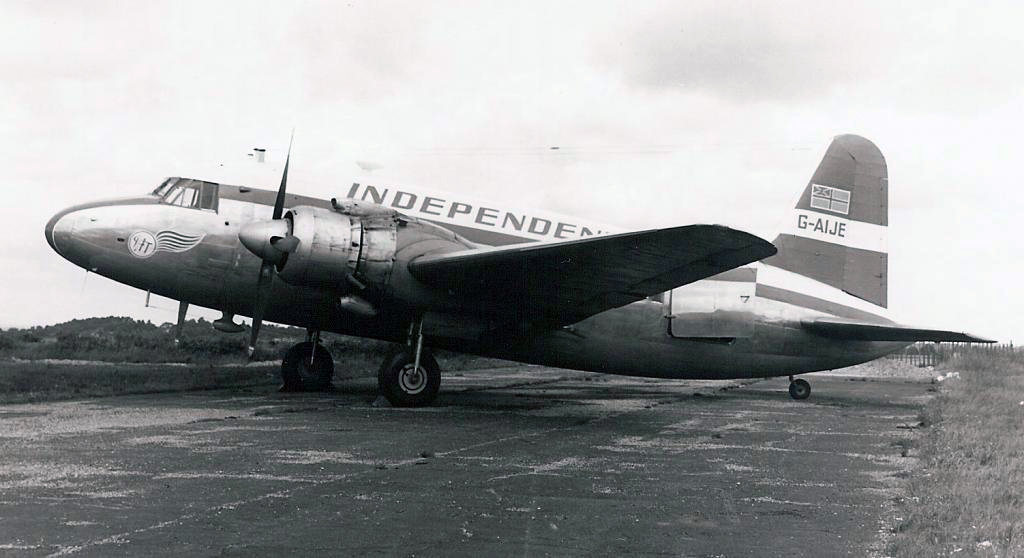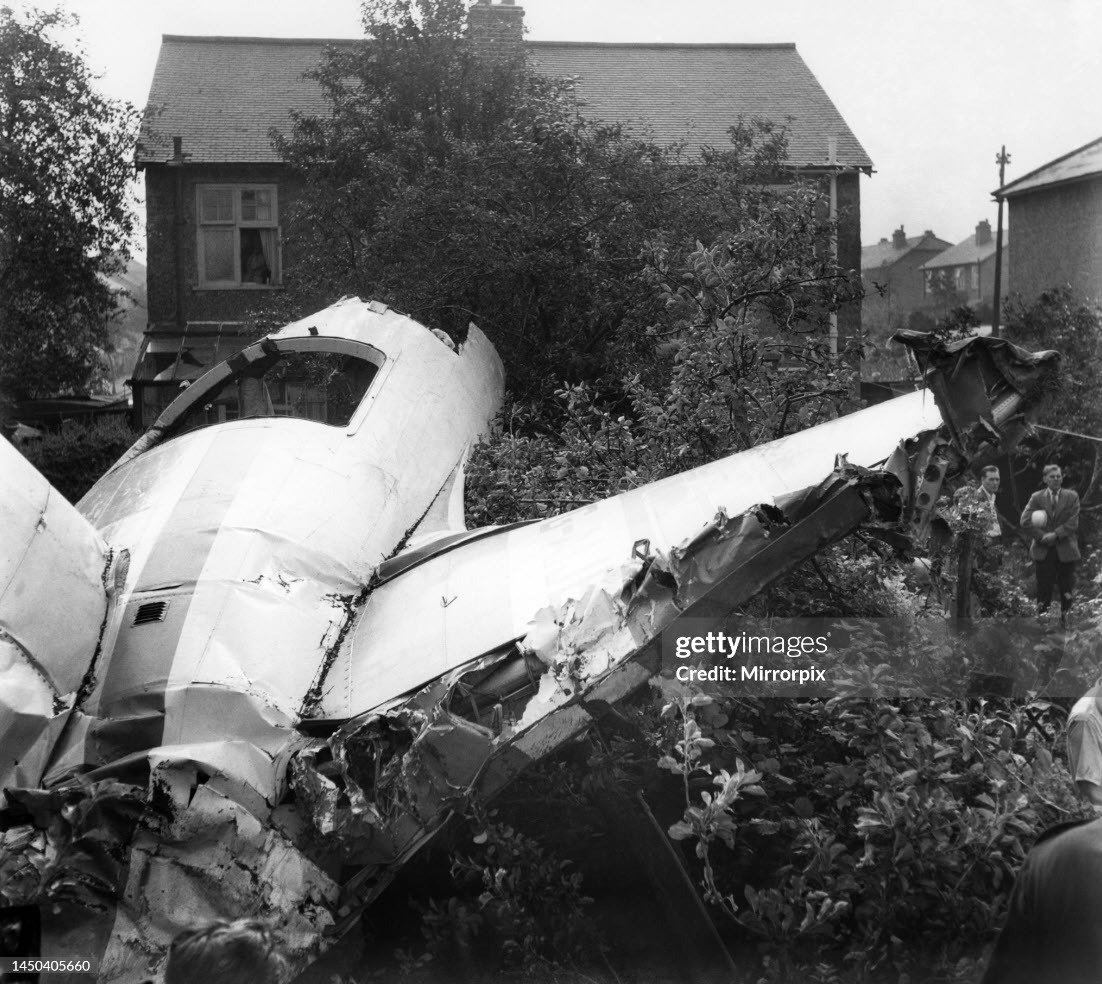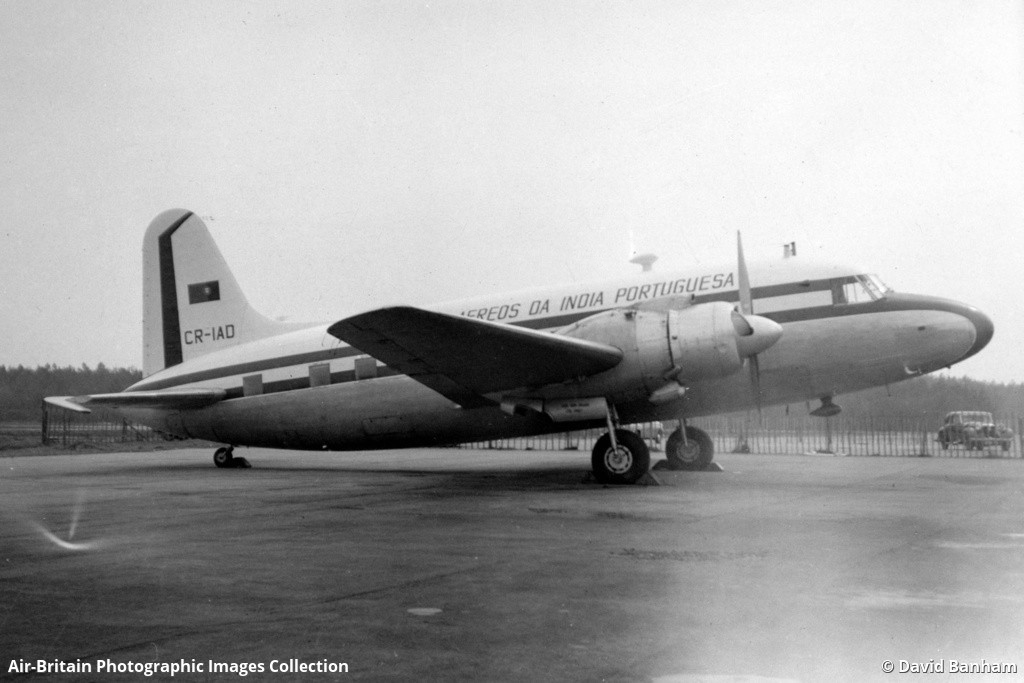Crash of a Vickers 498 Viking 1A in Tarbes
Date & Time:
May 29, 1960
Registration:
G-AHOR
Survivors:
Yes
MSN:
118
YOM:
1946
Crew on board:
3
Crew fatalities:
Pax on board:
27
Pax fatalities:
Other fatalities:
Total fatalities:
0
Circumstances:
The crew was performing a charter flight to Tarbes, carrying pilgrims for Lourdes. On approach, the visibility was limited due to low clouds and as the pilot was unable to locate the runway at the decision height, he decided to make a go around. Undercarriage were raised, engine power was increased and flaps were deployed accordingly. Few seconds later, as the runway was visible, the captain changed his mind and decided to land immediately. The aircraft belly landed and slid for 330 meters before coming to rest on the runway. All 30 occupants were evacuated safely while the aircraft was damaged beyond repair.
Probable cause:
The captain decided to land whereas the aircraft was in a 'go around' configuration. This caused the aircraft to land on its belly as the crew forgot to lower the gears.



